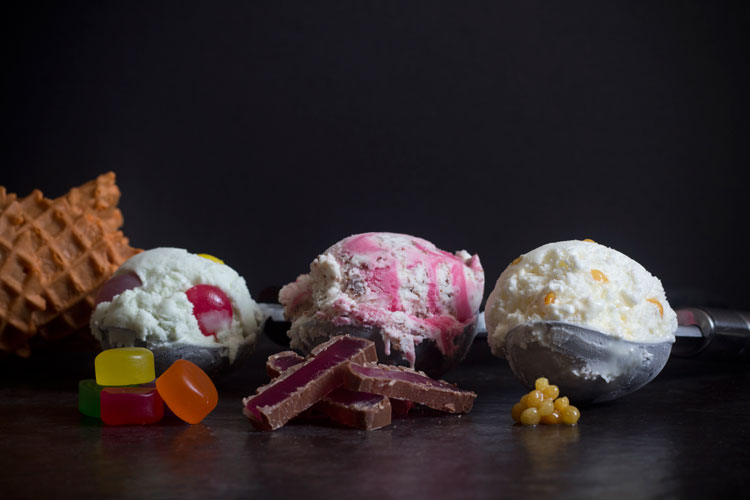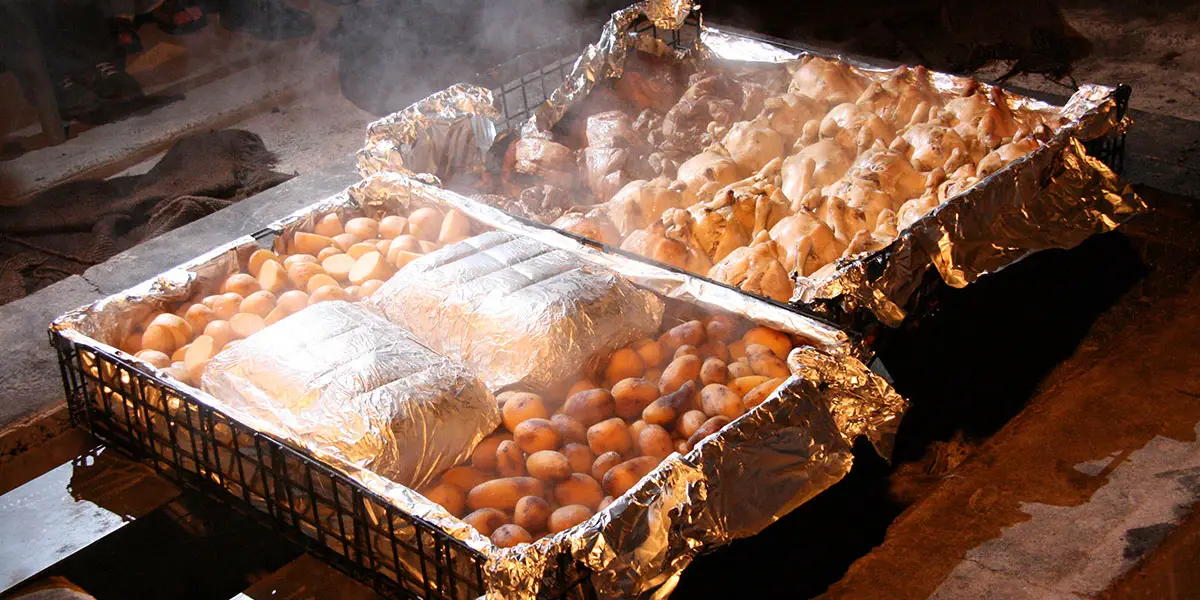New Zealand Cuisine
There are several different variables that play into the development of any cuisine. For starters, geography plays a massive factor in defining what ingredients are used in staple local dishes. Although importation has reduced the dependence on locally sourced ingredients, each country and region has developed a proud repertoire of recipes that exhibit indigenous produce and these classic recipes are often highly contested. Secondly, a country’s population and the history associated with its people plays a huge role in defining cooking techniques, ingredients used and palettes to be satisfied. Ever since the birth of civilization, the human race has shuffled around the planet, creating pockets of culinary influence in every corner of the world. To a large extent, our cuisine defines our country’s roots, our history and everything that makes a nation great, and New Zealand cuisine is a perfect example.
Found “across the ditch”, around 1000 miles south-east of Australia, New Zealand has fascinating and diverse geography that makes it one of the most unique countries on the planet. New Zealand’s coastline stretches 14,000kms around the South Pacific, the 9th largest coastline in the world, gifting it an abundance of seafood that is readily used in kitchens around the nation. The country is also made up of two islands, positioned longitudinally with a difference of well over 10˚, this creates a diverse range of climates, with records of 42.6˚C on the north island and -25.6˚C on the south island. Although New Zealand is nowhere near one of the largest countries in the world, it does have a total area of close to 270,000 square kilometres which provides ample space to graze the country’s 70 million sheep and 6.4 million cattle. Finally, in terms of population, there are two major influences on New Zealand cuisine, the Maori’s who arrived from Polynesia in the 13th century and the European settlers who arrived in the 18th century. Both of these cultures are celebrated and revered today and both play large roles in the country’s famous cuisine.
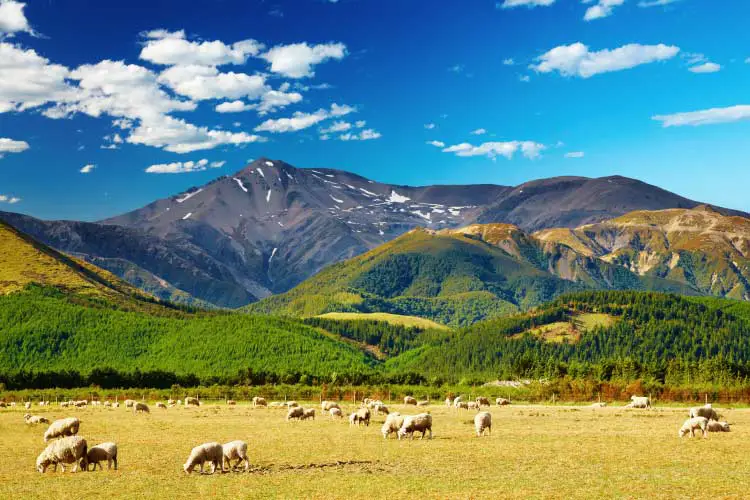
Instead of focusing on the development of New Zealand cuisine from a historical perspective, which would take all day! We’ve picked five of the most mouthwatering reasons why foodies and travellers alike should be packing there bags and appetites and spend some time exploring this glorious island nation.
Seafood
Whether you’re tucking into green-lipped mussels in one of Auckland’s many fine-dining restaurants or scoffing down a packet of fish and chips from a seaside takeaway in Dunedin, New Zealand’s expansive coastline brings with it an abundance of seafood that’s enjoyed from coast to coast. Aquaculture in New Zealand has taken off in a big way since the 1980s and there are three main species that are farmed in abundance off the kiwi coastline; green-lipped muscles, pacific oysters and king salmon. The former of three, green-lipped mussels make up a whopping 63% of the aquaculture industry in New Zealand so it’s no surprise it has become a classic kiwi dish. Make sure you enjoy this dish with a chilled glass of New Zealand Chardonnay or Sauvignon Blanc. Speaking of wine…
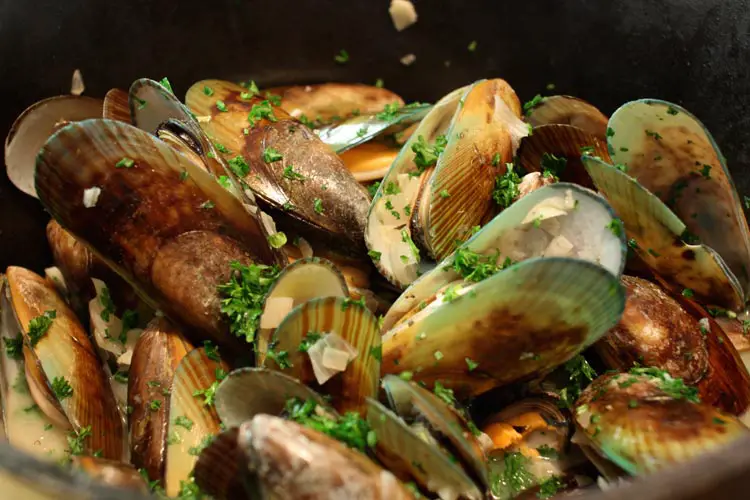
Wine
Winemaking in New Zealand dates back to the early 19th century when French missionaries set up Mission Estate in Hawke’s Bay. Since then vineyards have flourished in New Zealand’s perfect climate and the country is now famous for having one of the best, if not THE best Sauvignon Blanc in the world. Interestingly, the country’s diverse climate allows many different grapes to be grown in the different regions of the country; on the north island Cabernet Sauvignon and Merlot grow frivolously whereas Pinot Noir is much more common on the south island. NZ is now firmly cemented as one of the best wine regions in the world so be sure to ask your waiter which New Zealand wine would go best with the dish of your choice.
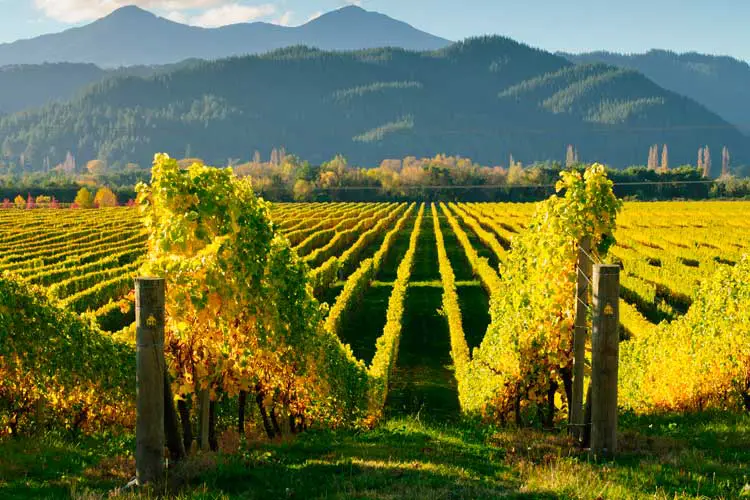
Hāngi
Not a single dish or recipe, Hāngi is a traditional method of cooking that has been used by the Maoris for centuries. Similar to a Braai in South African cuisine, Hāngi is as much about cooking as it is about a social gathering, particularly on special occasions. The basic technique begins with digging a large hole in the ground and filling the bottom with hot volcanic rocks, which are then covered with earth to keep the heat in, a basket of meat and veg is then lowered into the hole, covered and left to cook for up to 6 hours. The result is a slow-steamed masterpiece with earthy, woody undertones that is best enjoyed with some music and laughter. Head to Rotorua where there is a larger Maori community and Hāngi technique is perfected to a science!
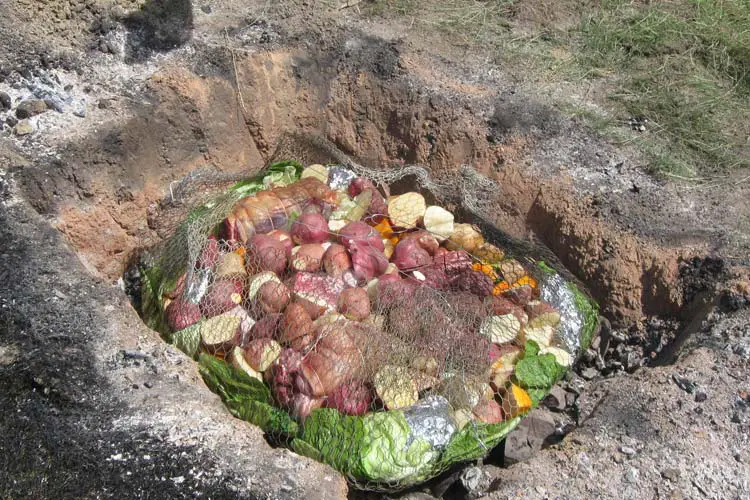
Lamb
In a country where sheep outnumber the people by 14 to 1, it’s easy to see why this delicious meat plays a massive role in the country’s cuisine. Sheep were initially brought to the island in the 18th century by British explorers and over the next hundred years, they rose to become a driving force in the country’s economy. Much like Argentine cattle, one of the reasons New Zealand’s lamb has become so popular is the expansive natural environment in which it is reared. Fed mostly on grass and grazed freely over New Zealand’s sweeping countryside, the animals live a stress-free existence, which leads to tender and succulent cuts of meat which are best served (medium-rare!) in one of the country’s many restaurants.
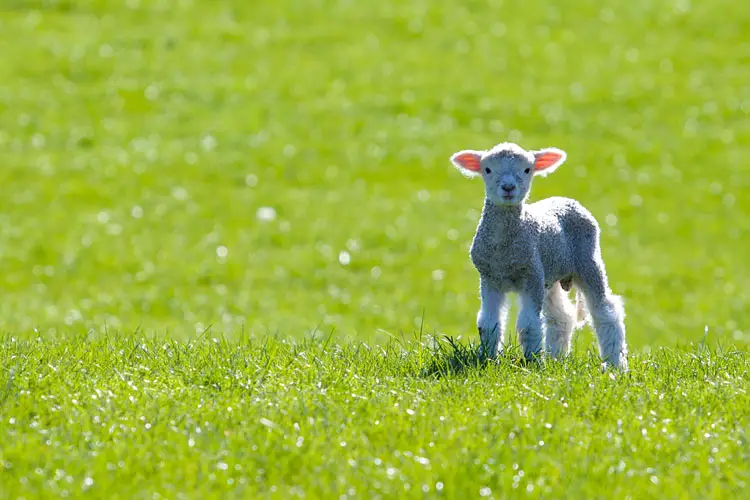
Hokey Pokey
Last but most certainly not least is one of New Zealand’s signature deserts, Hokey Pokey. A delicious concoction of honeycomb and vanilla ice cream, you might think such a mixture could only be dreamed up by the gods, but you’d be wrong… it’s New Zealand’s pride and joy! Rather confusingly, in addition to being an ice cream flavour, Hokey Pokey was also a slang term for ice cream itself in the 19th century. There isn’t a whole lot more to say about Hokey Pokey, it’s a relatively simple dish that produces spectacular results. After stuffing yourself with lamb, seafood and other New Zealand delicacies, make sure you leave some room for ice cream, to get the full kiwi experience. The only downside we could find to this dish is you can’t take it home! If you do try, please let us know how it goes.
